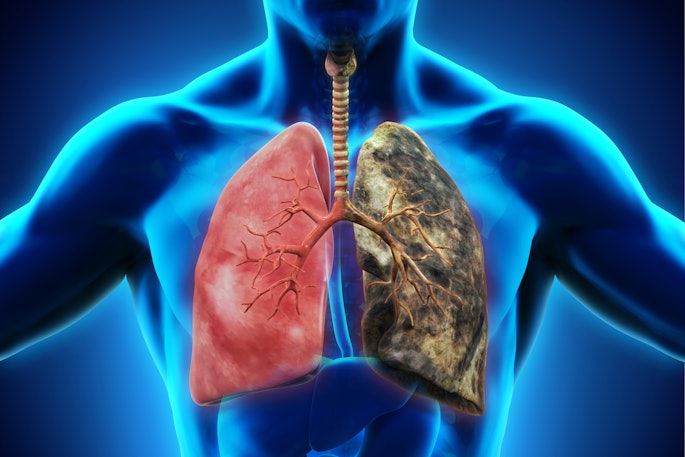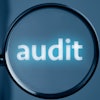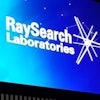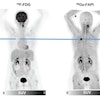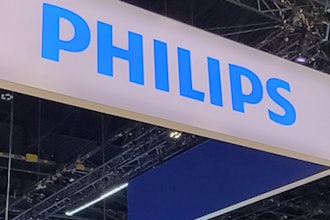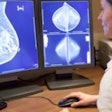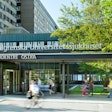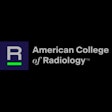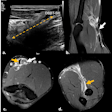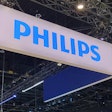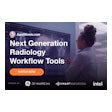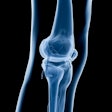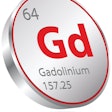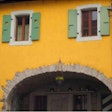Top Story
Latest News
Cases of the Week
Check out our Cases of the Week!
More from AuntMinnieEurope
Radiology pays tribute to Dutch pioneer Jacob Valk
April 18, 2024
Bayer and Hologic collaborate on CEM
April 15, 2024
Radiographers play pivotal research role in Gothenburg
April 15, 2024
Study links hearing loss to increased dementia risk
April 12, 2024
Attention turns to appropriateness criteria
April 12, 2024
General neuroradiology 5-day fellowship in Barcelona 2024
April 15, 2024April 19, 2024
Pumping iron: Common MSK injuries from weightlifting
April 11, 2024
Next Generation Radiology Workflow Tools
April 10, 2024
